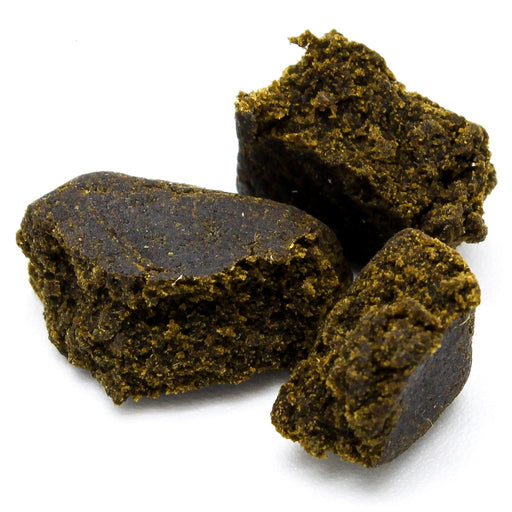What Are Terpenes?
Terpenes are a diverse group of organic compounds produced by various plants, including cannabis, that are responsible for their aromatic properties. These compounds are crucial to a plant’s survival and ecological interactions, as they play a pivotal role in protecting plants from herbivores and attracting pollinators. Terpenes serve as both a defense mechanism and a communication tool within the plant kingdom, ensuring the propagation and survival of numerous plant species.
The significance of terpenes extends beyond the plant world. Historically, terpenes have been utilized in traditional medicine and aromatherapy practices for their therapeutic properties. Ancient cultures harnessed the power of terpenes found in essential oils for their potential benefits in treating various ailments and promoting well-being. This rich historical context underscores the long-standing value and versatility of terpenes in human society.
Among the myriad of terpenes present in nature, some of the most common include limonene, myrcene, and pinene. Limonene, known for its citrusy scent, is often found in the rinds of citrus fruits and is believed to have uplifting and stress-relieving effects. Myrcene, which exudes a musky, earthy aroma, is prevalent in hops, lemongrass, and thyme, and is thought to possess sedative properties. Pinene, characterized by its pine-like fragrance, is abundant in pine needles and rosemary and is associated with anti-inflammatory and bronchodilator effects.
These examples illustrate the unique properties and scents of different terpenes, highlighting their diverse applications and potential benefits. By understanding what terpenes are and their role in nature, we can better appreciate their contributions to both the plant kingdom and human health.
The Importance and Benefits of Terpenes
Terpenes, the aromatic compounds found in various plants, including cannabis, play a significant role in human health and well-being. These compounds are not just responsible for the distinctive scents of plants but also offer a myriad of therapeutic benefits. Terpenes interact with the endocannabinoid system, which regulates various physiological processes, including mood, pain, and immune response. This interaction can lead to a range of beneficial effects, such as anti-inflammatory, anti-anxiety, and pain-relieving properties.
One of the most intriguing aspects of terpenes is their potential to enhance the effectiveness of cannabinoids through what is known as the ‘entourage effect.’ This phenomenon suggests that the combination of terpenes and cannabinoids can produce a more powerful and effective therapeutic outcome compared to the effects of each compound in isolation. For instance, the terpene myrcene is believed to enhance the psychoactive effects of THC, while limonene may elevate mood and alleviate stress.
Beyond their impact on health and well-being, terpenes find applications in various industries. In pharmaceuticals, terpenes are being explored for their potential to treat conditions such as chronic pain, anxiety, and inflammation. The cosmetics industry utilizes terpenes for their aromatic qualities and potential skin benefits, including anti-aging and antimicrobial properties. In the food and beverage sector, terpenes are used to enhance flavors and aromas, adding a sensory depth to products ranging from teas to craft beers.
Ongoing research into terpenes continues to uncover new potential applications and benefits. Scientists are exploring how these compounds can be harnessed for more targeted therapies and innovative products. As our understanding of terpenes deepens, it is likely that their role in various industries and their therapeutic potential will continue to expand, offering exciting possibilities for future applications.




















































